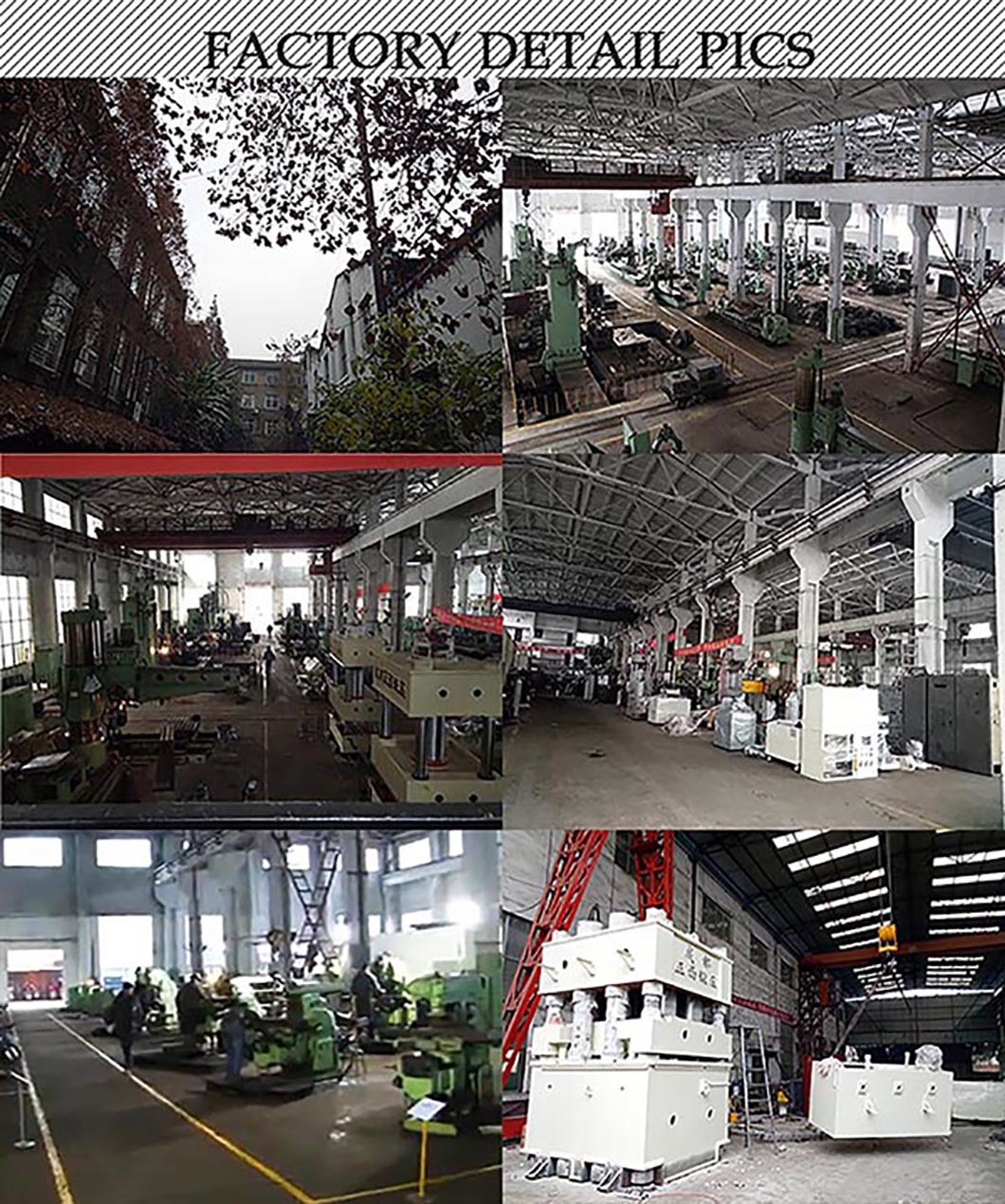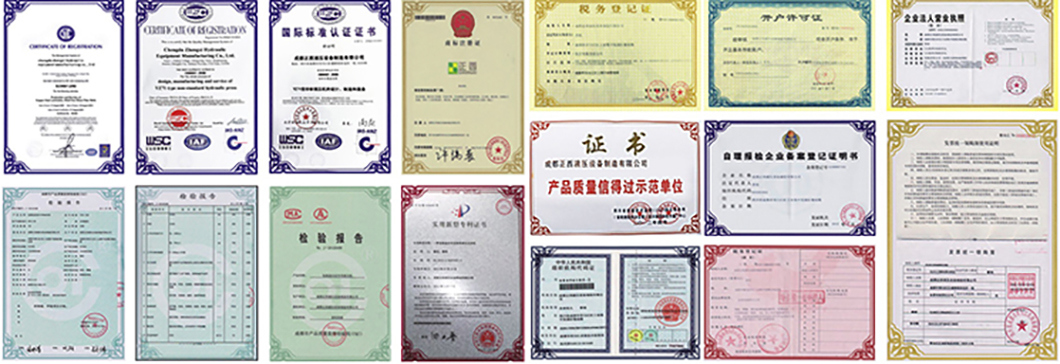Creating a stainless steel product from scratch is a complex process that combines advanced technology, precision engineering, and deep knowledge of material science. Although millions of people use stainless steel products every day, few understand the intricate steps involved in their production. Here are the six key stages in manufacturing a stainless steel product: 1) Material Handling Uncoiler – This machine is used at the start of the production line to hold and safely unroll steel strips. It controls the speed and direction of the metal as it moves through the process, ensuring smooth feeding into subsequent operations like slitting or tube mill entry. 2) Forming Deep Drawing Press – In this stage, semi-finished steel shapes go through various forming processes. Stainless steel is often hot-rolled, which involves heating and passing it through large rolls. The resulting blooms and billets are converted into bars and wires, while slabs become plates, sheets, or strips. Bars are particularly versatile due to their availability in different grades and sizes, making them suitable for a wide range of applications. 3) Heat Treatment Annealing Furnaces – During heat treatment, stainless steel undergoes controlled annealing to relieve internal stress and improve its workability. This process involves heating the material and cooling it in a controlled environment, which enhances its properties and ensures it meets the required quality standards. 4) Descaling Pickling – After annealing, scale forms on the surface of the stainless steel. This scale is removed through processes like pickling, which uses chemical solutions to clean the surface and prepare it for further processing. 5) Cutting and Punching The semi-finished, heat-treated, and descaled stainless steel is then cut into specific shapes using mechanical methods such as guillotine knives, blanking, nibbling, and high-speed blades. This step also includes creating tap holes and overflow openings. 6) Finishing and Polishing Polishing Machine – The final step involves finishing and polishing to achieve a smooth, aesthetically pleasing surface. This is especially important for sanitary applications where cleanliness and ease of maintenance are critical. Hydraulic Press 4 Column Hydraulic Sheet Metal Deep Drawing Features 1. A hydraulic machine that uses hydrostatic pressure to process metals, plastics, rubber, wood, powder, and other materials. 2. Commonly used in pressing and forming processes such as forging, stamping, cold extrusion, straightening, bending, flanging, sheet metal deep drawing, powder metallurgy, and press-fit. 3. Offers significant technical and economic benefits by reducing weight, the number of parts and molds, improving stiffness and strength, and lowering production costs. SPECS of Yz33 Certificate Waterproof name labels,Waterproof Label,Custom Waterproof Labels,Custom Waterproof Stickers,Waterproof stickers ZZ Sticker , https://www.zzsticker.com
Model
Unit
Yz33-25T
Yz33-50T
Yz33-63T
Yz33-100T
Yz33-160T
Yz33-250T
Clamping Force
KN
250
500
630
1000
1600
2500
Working Layer
Qty
2~4
2~4
2~4
2~4
2~4
2~4
Piston Stroke
mm
180
250
250
250/250
250/250
500
Heating Platen Daylight
mm
90
125
125
125
125
125
Heating Platen Size
Left-right
mm
350
400
500
600
750
900
Front-back
mm
350
400
500
600
850
900
Heating Plate Power
KW
1.5
2.2
3
7.5
11
15
Motor Power
KW
7.2
9
10.8
33.75
45
45
Packaging


Factory



Model NO.: Yz32
Advantage: High Cost Performance and High Production
Controller: PLC
CNC or Not: CNC
Trademark: ZHENGXI
Transport Package: Standard International Wooden Case or Iron Pallet
Specification: Set
Origin: China
HS Code: 84629190